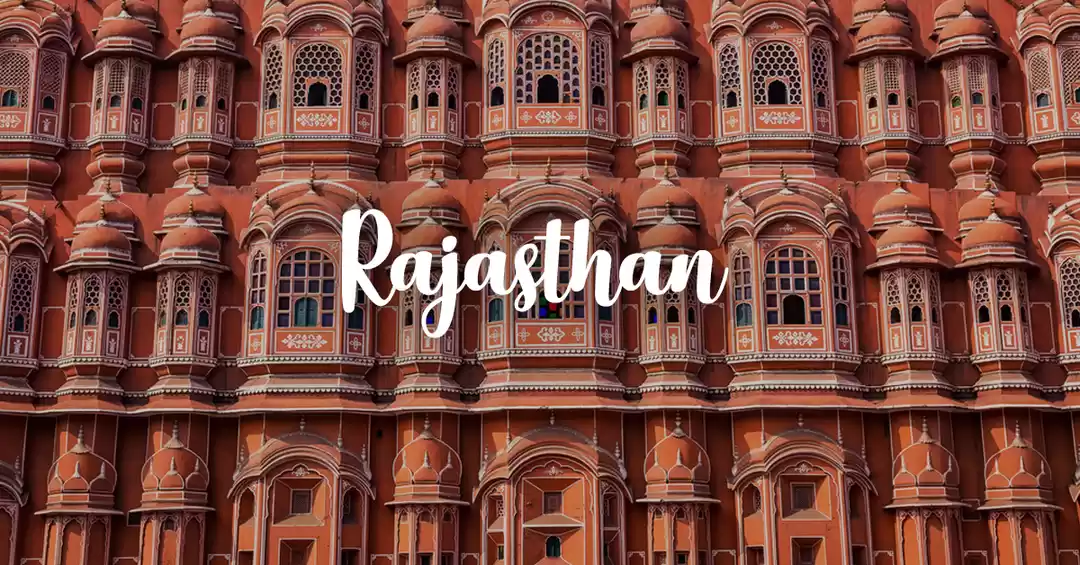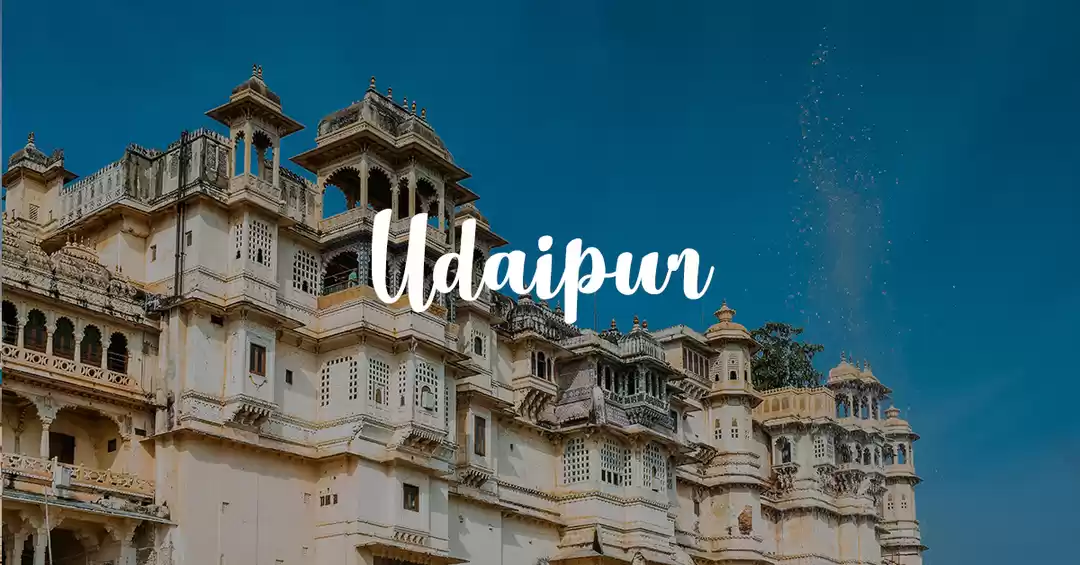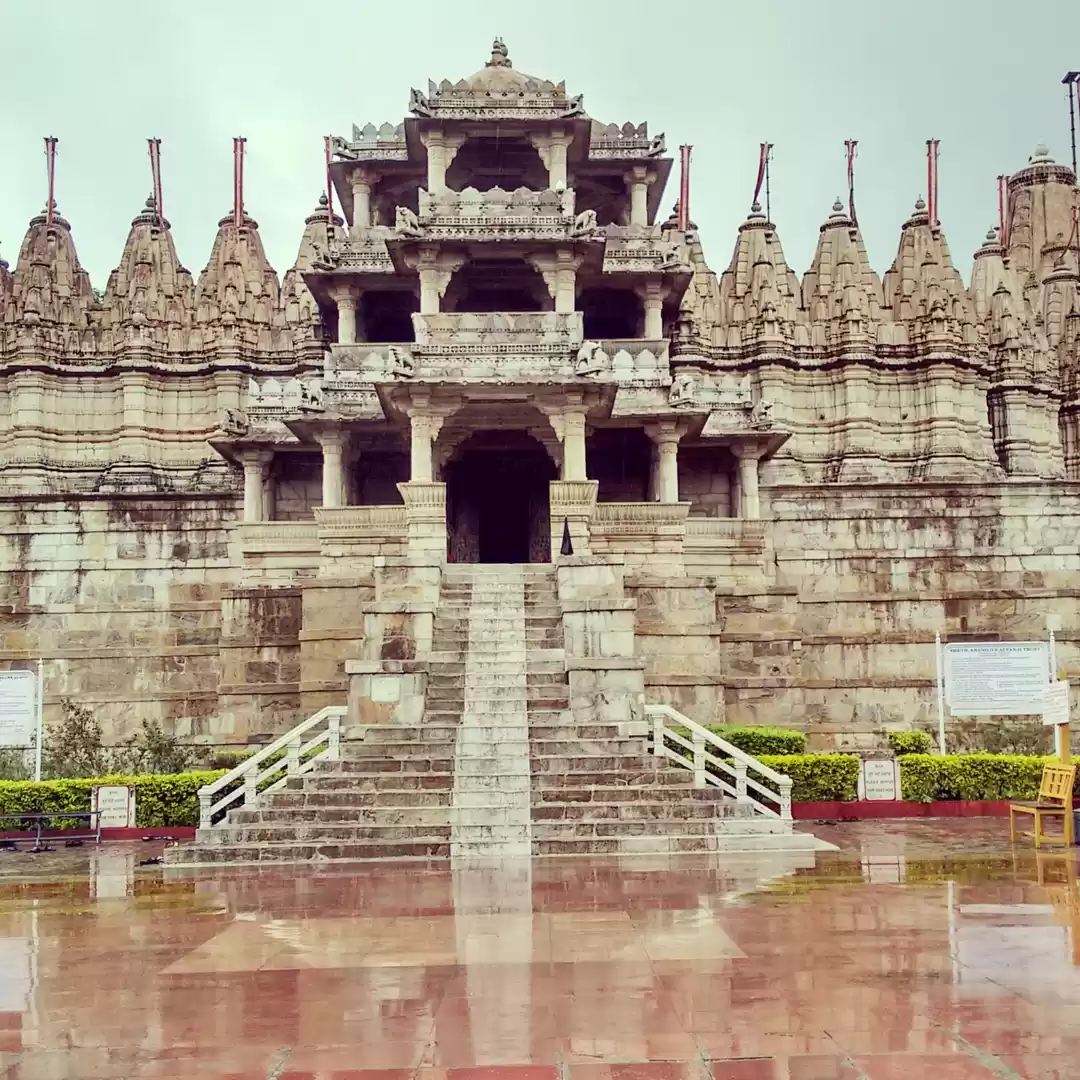
Jaisalmer is the land of scintillating sand dunes, magnificent palaces and amazing Jain temples. The battle-scarred forts and their imposing architecture add to the grandeur of the place. This border state of India offers exotic landscapes within the desert of Thar, that feel like pages straight out of folklore. Unarguably, the most prominent attraction for tourists in Jaisalmer is the fascinating fort of Jaisalmer. Constructed in 1156, Jaisalmer Fort is the second oldest fort in Rajasthan. It was built by the Rajput Rawal (ruler) Jaisal, from whom the city derives its name.
The Fort and Satyajit Ray

The whole population of Jaisalmer was based within the walls of the Jaisalmer Fort for a major part of its 800-year history. Settlements outside the fort walls are said to have come up not before the 17th century. The fort's sandstone walls change color from a dazzling yellow during the day to honey-gold as the Sun sets, thereby camouflaging the fort amidst the Thar desert. It is infact the shade and hue of the fort that inspired legendary writer and filmmaker Satyajit Ray to call it Sonar Kella (literally the Golden Fort) in one of his stories featuring Bengali sleuth Feluda. The story was published in 1971 and made into a feature film in 1974. The monument has been immortalized as Sonar Kella since.
Heritage and Architecture

The fort stands amidst the sandy expanse of the Thar desert, mounted on top of the Trikuta Hill. Its dominant hilltop location makes the sprawling towers visible from many miles away. The fort is 460m long and 230 mt wide. Unlike most forts, this was never abandoned, nor was it converted into a hotel completely. It is thus one of the few living forts of the world. This heritage structure has four massive gateways, named Hawa Pole, Akshay Pole, Suraj Pole and Ganesha Pole.

Towering over the fort’s main square, is the elegant palace of the former ruler. The palace consists of mirrored and painted bedroom of the 18th-century ruler Mulraj II, the marble throne of the Maharaja, silver coronation throne and sculptures and other artifacts. The rooftop offers a spectacular view of the city and the desert.

Besides the palatial residence of the former Maharawal of Jaisalmer, there are many grand mansions of ministers and merchants. Moti Mahal, Gaj Mahal and Rang Mahal are the prominent ones. Few of these have intricately decorated windows, archways, doors and balconies. Some havelis have now been transformed into museums. There are multiple places of worship as well. There is a Laxminath Temples and seven Jain temples inside the fort. The intricate carvings on the walls and the ceiling of the Paraswanath Temple is particularly stunning.

The alleys within the fort are filled with shops selling a wide range of products. Handcrafted clothes to colorful turbans, utensils made of yellow limestone to silver jewelry and home-décor items – these street-side shops allure the tourists totally.

Other Attractions near Jaisalmer Fort
Gadisar Lake
This is a man-made lake and the sole source of water for the desert city. It was often visited by the kings for recreation. Cenotaph-like structure rising out of the water add charm to the place. Tourists may enjoying a lazy ride in a paddle boat in the evenings.
Patwon Ki Haveli

This is a cluster of 5 havelis, that are elaborately decorated and opulently beautiful. Believed to be the first of havelis built in Jaisalmer, the mansions are located a mere km from the fort. The narrow streets infront of the havelis are filled with sellers of musical instruments, puppets, handcrafted linen and many other stuffs. The royalty of the palaces and the intricate architecture on the pillars, doors and hallways create ambience that transports the traveler to old times.

Sam Sand Dunes

The biggest highlight of Jaisalmer trip is the visit to the Sand Dunes. Camel and Jeep safari are major activities in the desert. Riding a camel, with a view of the Sun setting in the distant horizon, is an experience that travelers can never forget. Jeep safari along the undulating sand dunes is also very adventurous and enjoyable. Many tour operators offer a package that clubs the safari along with a traditional dance performance at the desert camps in the evening. After dinner, tourists are either brought back to the city or they stay the night in the tents. Swiss tents provide all amenities of modern hotels in the midst of the desert.
Kuldhara

This abandoned village, 19km west of Jaisalmer, is a curious place. The Kuldhara village was originally inhabited by Brahmins who had migrated from Pali to Jaisalmer region. To avoid the atrocities of the cruel minister Salim Singh, all the villagers are believed to have fled the village on one particular night, leaving behind a hauntingly desolate village. The deity-less temple, the dilapidated walls and collapsed roofs of brick houses, neatly laid out along two sides of the lanes, scream aloud the Kuldhara folklore.
Jaisalmer War Museum
This war museum is located 10 km from Jaisalmer city on the Jaisalmer Jodhpur highway. Set up by the Indian army to commemorate the bravery and sacrifice of soldiers in their line of duty, the museum houses war trophies and vintage war equipment besides guns and military vehicles.
When to Visit
Summers are unbearable in the desert city and must be avoided by tourists. The best time to visit Jaisalmer is between October and March, when the daytime weather is suitable for sightseeing and outdoor activities. Nights could get slightly cold.
Around January and February, Jaisalmer explodes with the Desert Festival. It lights up the barren land of Jaisalmer in a riot of colors and traditions. People flock to the festival from across the globe. Traditional dancers, musicians, artists, and a plethora of decorated animals lend the town a vibrancy that is unforgettable.
Where to Stay in Jaisalmer
There are modest hotels and guesthouses within the Fort itself. While accommodation is basic, range of cuisine available is extraordinary. Traditional dishes could vary depending on season. It could include millet flatbread (bajre ki roti), legumes (fali) and lentil-laden hard wheat rolls (daalbaati). Besides authentic Rajasthani food, there are cafes and restaurants that offer Italian, continental and North Indian delicacies. Outside the fort, there are innumerable hotels that suit all kinds of traveler – from budget to luxury. Tourists may also choose desert camps for night stay. Rajputana Desert Camp is one of the best rated tents in Sam Sand Dunes.
Killa Bhawan is one of the best ways to experience the Fort. Located right inside the fort, the hotel has 8 heritage rooms for guests to soak in Jaisalmer's unadulterated ecstasy.
Other hotels that a tourist may opt for are listed below:
Welcome Heritage Mandir Palace is the erstwhile palace of Maharawal Mulraj Ji, that is now turned into a star property. Well known for its Indo-Saracenic blend of design, the ornate balconies, canopies, screen carvings and stonework allows guests to experience true royalty.
Marriott Resort and Spa overlooking the spectacular Jaisalmer Fort, offers a sparkling outdoor swimming pool, sumptuous dining options and spa services for rejuvenation.
Hotel Lal Garh Fort & Palace, built of Golden Sandstone is adorned with traditional furniture and typical Rajasthani textiles. The rooftop restaurant offers sweeping views of the Fort.
Hotel Antara Inn is a boutique hotel offering 4 star facilities. the 24 richly appointed rooms are suitable for business trips, weekend getaways or leisure vacation.
Hotel Rawal Kot provides luxury experiences at reasonable prices. Inspired by "haveli" style of architecture, the property offers multi cuisine restaurant, spa and wellness centre and all modern amenities.
How to Reach Jaisalmer
By Air – Jaisalmer has a military airport, but no commercial service caters Jaisalmer. The closest airport is at Jodhpur, which is abundantly connected to prominent cities of India. Jodhpur Airport is 300 km away, and it takes around 6 hours to reach Jaisalmer therefrom. Prepaid cabs are readily available at the airport.
By Road – Jaisalmer lies on NH 15. Deluxe and ordinary buses of ply between New Delhi and Jaisalmer. However, these 18-odd hours of journey is not in the least convenient. The route from Delhi to Jaisalmer touches Jaipur, Jodhpur and Pokhran.
By Rail - Direct trains connect Jaisalmer with New Delhi and other prominent cities of India. Jaisalmer is also one of the major stations in the route of India's most luxurious train "Palace on Wheels".
The Jaisalmer Fort today is plagued by threats that are a result of the increasing population and unregulated tourist activities. The Jaisalmer Fort has been built over a weak sedimentary rock foothill which makes it vulnerable to seismic activities. Over the years this and inadequate drainage amenities have led to the collapse of significant portions of the Fort such as the Queen's Palace or Rani Ka Mahal and parts of the outer boundary wall.

In spite of the challenges, this UNESCO World Heritage site, stands tall and proud, welcoming tourists from all across the globe. Prepare to add a few extra kilos of weight to your luggage bags, packing in souvenirs from Jaisalmer and memories of a trip that is remarkably elegant and impossible to second.
Connect with me on Instagram to follow my adventures, and in case you think we've missed out something, please tell us about it in the comments below. Or write about it here on Tripoto.





































